
Urinary Bladder Smooth, collapsible, muscular sac - ppt download
4.7 (624) In stock

4.7 (624) In stock
Urinary Bladder Wall Walls are thick and folded in an empty bladder Bladder can expand significantly without increasing internal pressure Slide Copyright © 2003 Pearson Education, Inc. publishing as Benjamin Cummings
Urinary Bladder Smooth, collapsible, muscular sac
Temporarily stores urine. Figure Slide 15.21a. Copyright © 2003 Pearson Education, Inc. publishing as Benjamin Cummings.
Bladder can expand significantly without increasing internal pressure. Slide Copyright © 2003 Pearson Education, Inc. publishing as Benjamin Cummings.
Release of urine is controlled by two sphincters. Internal urethral sphincter (involuntary) External urethral sphincter (voluntary) Slide Copyright © 2003 Pearson Education, Inc. publishing as Benjamin Cummings.
Length. Females – 3–4 cm (1 inch) Males – 20 cm (8 inches) Location. Females – along wall of the vagina. Males – through the prostate and penis. Slide 15.24a. Copyright © 2003 Pearson Education, Inc. publishing as Benjamin Cummings.
Function. Females – only carries urine. Males – carries urine and is a passageway for sperm cells. Slide 15.24b. Copyright © 2003 Pearson Education, Inc. publishing as Benjamin Cummings.
Both sphincter muscles must open to allow voiding. The internal urethral sphincter is relaxed after stretching of the bladder. The external urethral sphincter must be voluntarily relaxed. Slide Copyright © 2003 Pearson Education, Inc. publishing as Benjamin Cummings.
Normal amount of water in the human body. Young adult females – 50% Young adult males – 60% Babies – 75% Old age – 45% Water is necessary for many body functions and levels must be maintained. Slide Copyright © 2003 Pearson Education, Inc. publishing as Benjamin Cummings.
Intracellular fluid (inside cells) Extracellular fluid (outside cells) Interstitial fluid. Blood plasma. Figure Slide Copyright © 2003 Pearson Education, Inc. publishing as Benjamin Cummings.
Water intake must equal water output. Sources for water intake. Ingested foods and fluids. Water produced from metabolic processes. Sources for water output. Vaporization out of the lungs. Lost in perspiration. Leaves the body in the feces. Urine production. Slide Copyright © 2003 Pearson Education, Inc. publishing as Benjamin Cummings.
Dilute urine is produced if water intake is excessive. Less urine (concentrated) is produced if large amounts of water are lost. Proper concentrations of various electrolytes must be present. Slide Copyright © 2003 Pearson Education, Inc. publishing as Benjamin Cummings.
Regulation is primarily by hormones. Antidiuretic hormone (ADH) prevents excessive water loss in urine. Aldosterone regulates sodium ion content of extracellular fluid. Slide Copyright © 2003 Pearson Education, Inc. publishing as Benjamin Cummings.
Blood pH must remain between 7.35 and 7.45 to maintain homeostasis. Alkalosis – pH above Acidosis – pH below Most ions originate as byproducts of cellular metabolism. Slide 15.33a. Copyright © 2003 Pearson Education, Inc. publishing as Benjamin Cummings.
Most acid-base balance is maintained by the kidneys. Other acid-base controlling systems. Blood buffers. Respiration. Slide 15.33b. Copyright © 2003 Pearson Education, Inc. publishing as Benjamin Cummings.
Excrete bicarbonate ions if needed. Conserve or generate new bicarbonate ions if needed. Urine pH varies from 4.5 to 8.0. Slide Copyright © 2003 Pearson Education, Inc. publishing as Benjamin Cummings.
Functional kidneys are developed by the third month. Urinary system of a newborn. Bladder is small. Urine cannot be concentrated. Slide 15.38a. Copyright © 2003 Pearson Education, Inc. publishing as Benjamin Cummings.
Control of the voluntary urethral sphincter does not start until age 18 months. Urinary infections are the only common problems before old age. Slide 15.38b. Copyright © 2003 Pearson Education, Inc. publishing as Benjamin Cummings.
There is a progressive decline in urinary function. The bladder shrinks with aging—need to go more frequently. Urinary retention is common in males. Incontinence—the inability to hold urine. Slide Copyright © 2003 Pearson Education, Inc. publishing as Benjamin Cummings.
Renal calculi—kidney stones—most are calcium oxalate or triple phosphate. Excess calcium intake (milk etc) can cause. Excess phosphates (soda) If small enough can be passed, but treatment may involve lithotripsy—using sound waves to break up the stone.
Cloudy urine with possible blood, pain when urinating, urge to go frequently, fever.
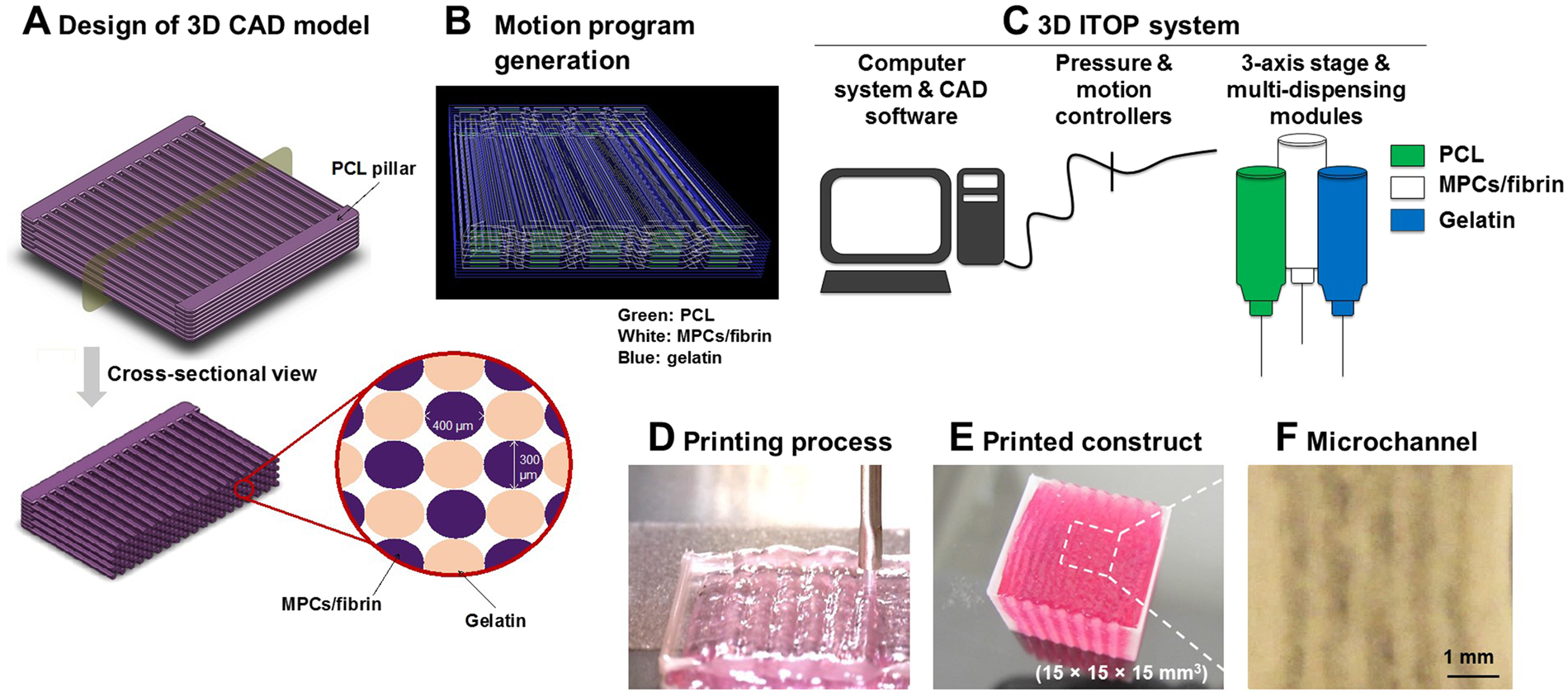
3D Bioprinted Human Skeletal Muscle Constructs for Muscle Function

The Urinary System. - ppt download

PDF) Anatomy of the urinary system
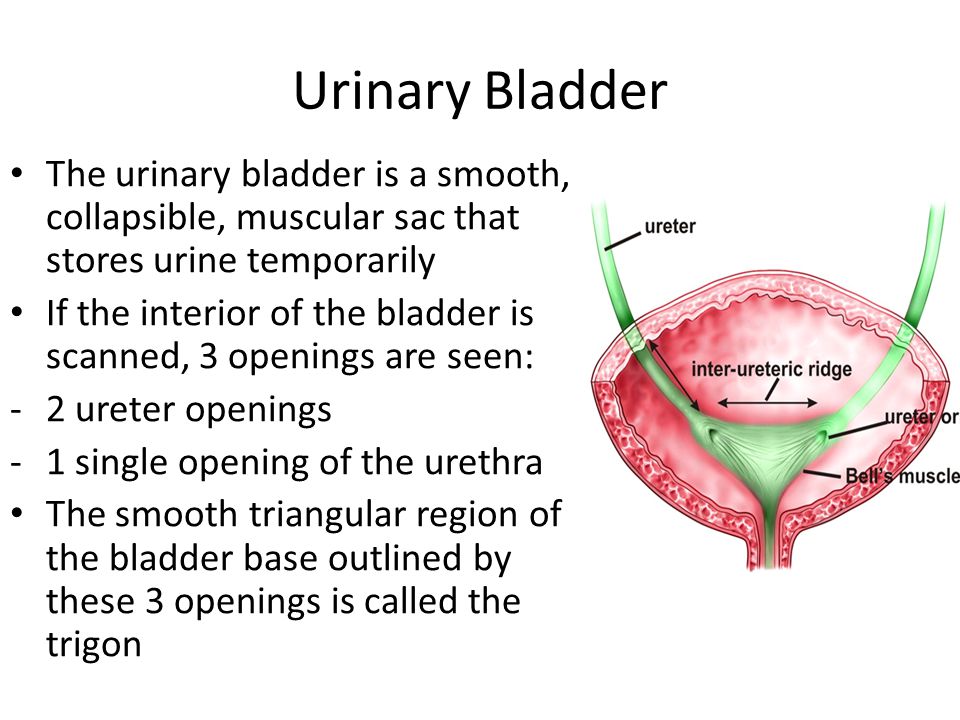
Kidney Labeling Exercise. - ppt video online download

Endocrine system 2: hypothalamus and pituitary gland
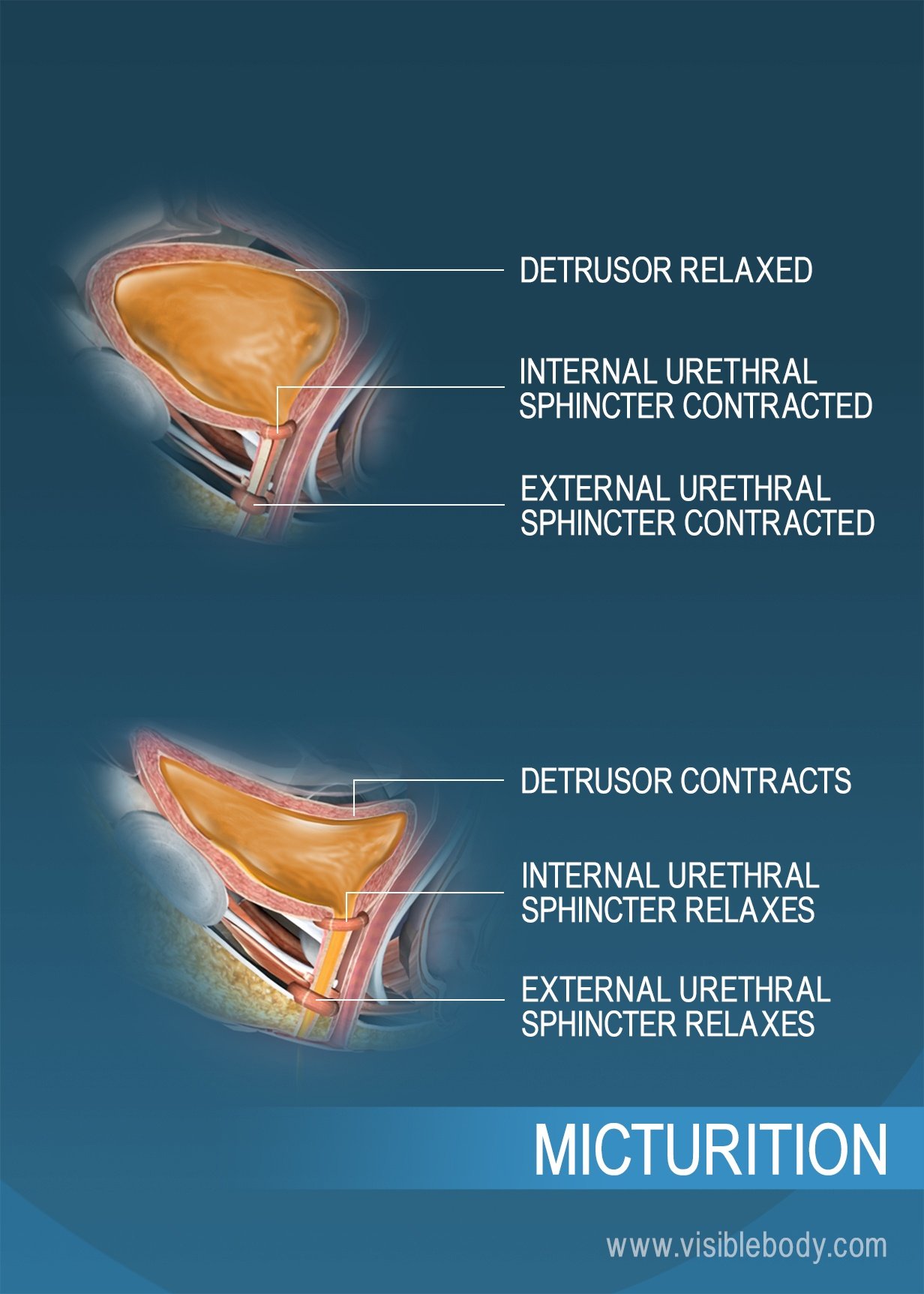
Urine Storage and Elimination
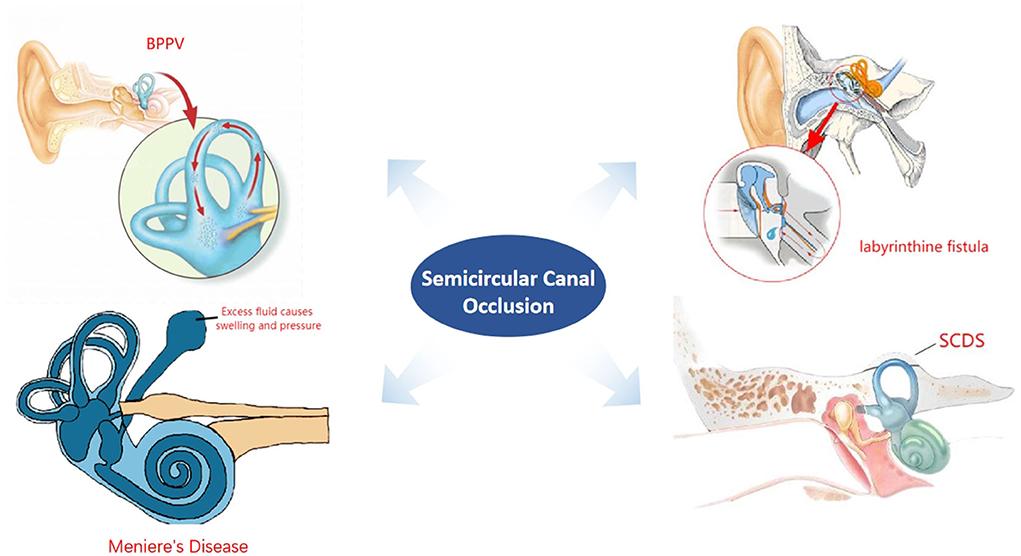
Frontiers Development of semicircular canal occlusion

Urinary Bladder Smooth, collapsible, muscular sac - ppt download

The Urinary System. - ppt video online download
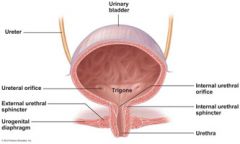
Chapter 15: The Urinary System Flashcards
/images/vimeo_thumbnails/258819787/FRz0jezX7I2tJUyB5eQ_overlay.jpg)
Urinary bladder: Anatomy, function and clinical notes